
views
Finding Your Art Niche

Explore different artistic genres for style inspiration. Begin looking through different examples of art to find styles that you're interested in replicating or learning from. You can do this by doing an online search, looking through art books, reading articles about up-and-coming artists, or visiting art museums.

Study individual artists whose style you admire. Once you've explored different kinds of art, pick out artists with unique styles that you really like to become your "style mentors." Research this artist to find out more about their work process, where they gather inspiration, and the methods and tools they use to create new pieces. Study a large collection of art from one specific artist to understand the similarities between each of their pieces. Look to see if the artist has a social media site where they upload videos or posts about their work or methods.
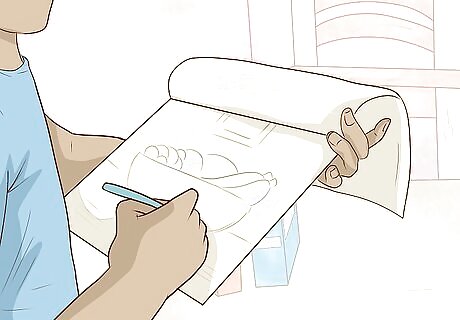
Combine your favorite elements from other artists into your own art. Once you find artwork that you’re passionate about, start practicing replicating the work. You shouldn’t copy the artist’s work exactly, but choose elements that you like most and incorporate them into your own art so that you begin learning the technique. For example, if you find another artist's nature drawings that you admire and want to create your own nature drawings, use the artist’s work as a guide and practice drawing mountains, trees, or bodies of water similar to their work. Draw inspiration, but do not try to copy other artists.
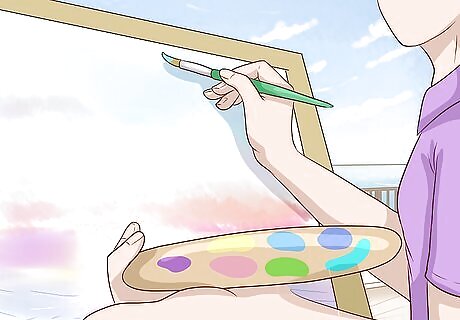
Hone your interest in a specific type of art. Choose a medium that you truly love and focus your energy into delving deeply into all of its possibilities. While you can always play around with different mediums, picking one type of art, whether it’s painting, drawing, sculpture, ceramics, or another type, will help you develop a specific style more efficiently. Feel free to try out different types of art until you find one you love. For example, you can explore painting by studying color theory, creating work in black and white vs. in full color, and trying a wide range of subject matter such as still lives, the human form, and abstraction.
Practicing Technical Skills

Master the basic technical skills you need before worrying about style. Before you dive into your own unique style, it’s important to set the groundwork. Study things such as how colors combine to make intriguing works of art and how light works, as well as the basics of your intended type of art. If you’re into drawing, practice drawing anatomy and still lifes. If you want to develop your own style of pottery, begin by making a simple bowl or vase. Try new materials, subject matter, colors, compositions. Experiment as much as possible!
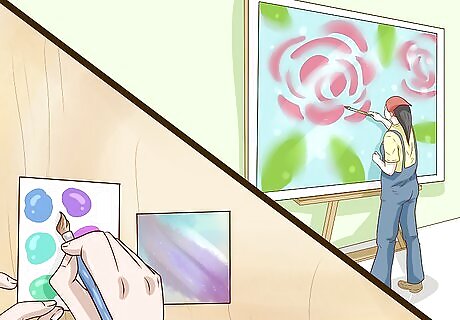
Challenge yourself by always trying new methods. Try to step out of your comfort zone and test out new ways of creating your art. Use different materials, create on both a large and small scale, and study lots of different subject matter. This will help you figure out which methods you love most. For example, create sculptures out of clay, wire, metal, paper mache, and any other material you find. Practice drawing using a single stroke without taking your pencil off the page, and then practice using small, tight strokes. Paint on super tiny canvases as well as canvases stretching 3–4 feet (36–48 in).

Embrace your mistakes. If you're working on a piece of art and do something like make a wrong brushstroke or mess up your clay sculpture, see what you can create out of the mistake instead of casting it aside. Mistakes often lead to the discovery of new techniques or methods, and they might even help improve your style.

Learn from constructive criticism. It's helpful to show your artwork to others as you create it to see what they think. Ask a friend, family member, or even someone you don't know well to look at your art and give you helpful feedback. Listen to what they have to say and use it to help you improve your art. For example, if you show your illustrations to someone and they say they're a bit 2-dimensional, work on making your art more 3-dimensional. Ask the person questions like, "What does this piece of art remind you of?" or "Which elements of this artwork are working and which do you think need improvement?"
Developing Your Style
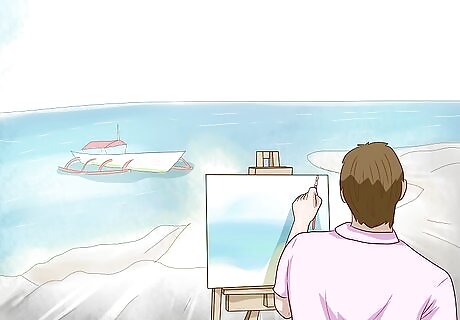
Follow a passion in your artwork. Find something you’re curious about, want to explore, or wish to advocate for and use this interest as a basis for your artwork. This will help give your artwork a specific direction and focus, allowing you to use your voice as an artist to develop your own style. For example, if you love the ocean and are passionate about marine life, study the shapes and colors of the waves and mimic this movement in your artwork.

Pay attention to which elements continuously appear in your own art. Once you’ve created at least 10-15 pieces of artwork, take a step back and look for similarities between them. Which colors, textures, themes, and techniques tend to show up the most? These are things that indicate your specific style as an artist. For example, maybe all of your work tends to stay in the same color scheme, or you use very fluid brush strokes as opposed to straight, rigid ones. Perhaps you find yourself wanting to only draw realistic urban cityscapes or mostly create sculptures representing an issue in the environment.

Explore the recurring elements more deeply to progress as an artist. After you've recognized which things reappear in each of your pieces, practice developing those elements into more advanced pieces. You can do this by trying out different alterations of the elements, finding other renditions of your style that you also like. For example, if you've noticed that you create prints consisting of lots of simple shapes, try arranging the simple shapes in a pattern or obscuring them in some way.

Practice developing your style every day by making lots of art. The best way to develop your style is to make art every single day, or at least a few times a week. Finding your art style is a process, and the only way it will emerge is if you’re constantly creating and trying new things. Try to put aside 30 minutes to an hour each day to create art, whether it’s sketching right before bedtime or practicing mixing certain paint colors.
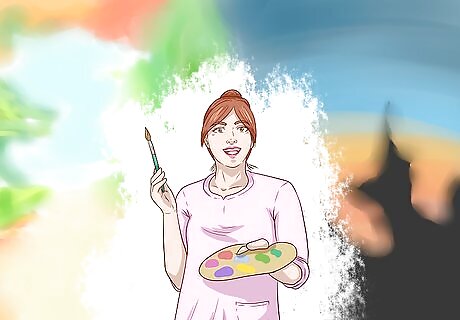
Avoid limiting yourself to one type of style. Your style will likely change and evolve as you grow as an artist, so try not to box yourself into one idea or style. Don't think too much about making art that fits with your specific style and instead just let your art evolve naturally. For example, if you’ve developed a style of painting that mostly only uses bold colors, don’t be afraid to incorporate small amounts of black and white into your artwork to see how it looks.



















Comments
0 comment